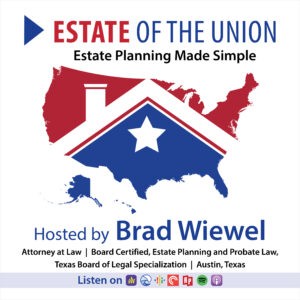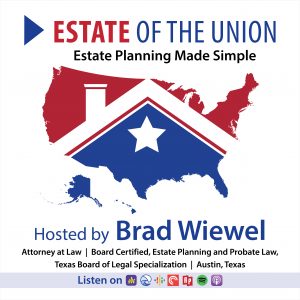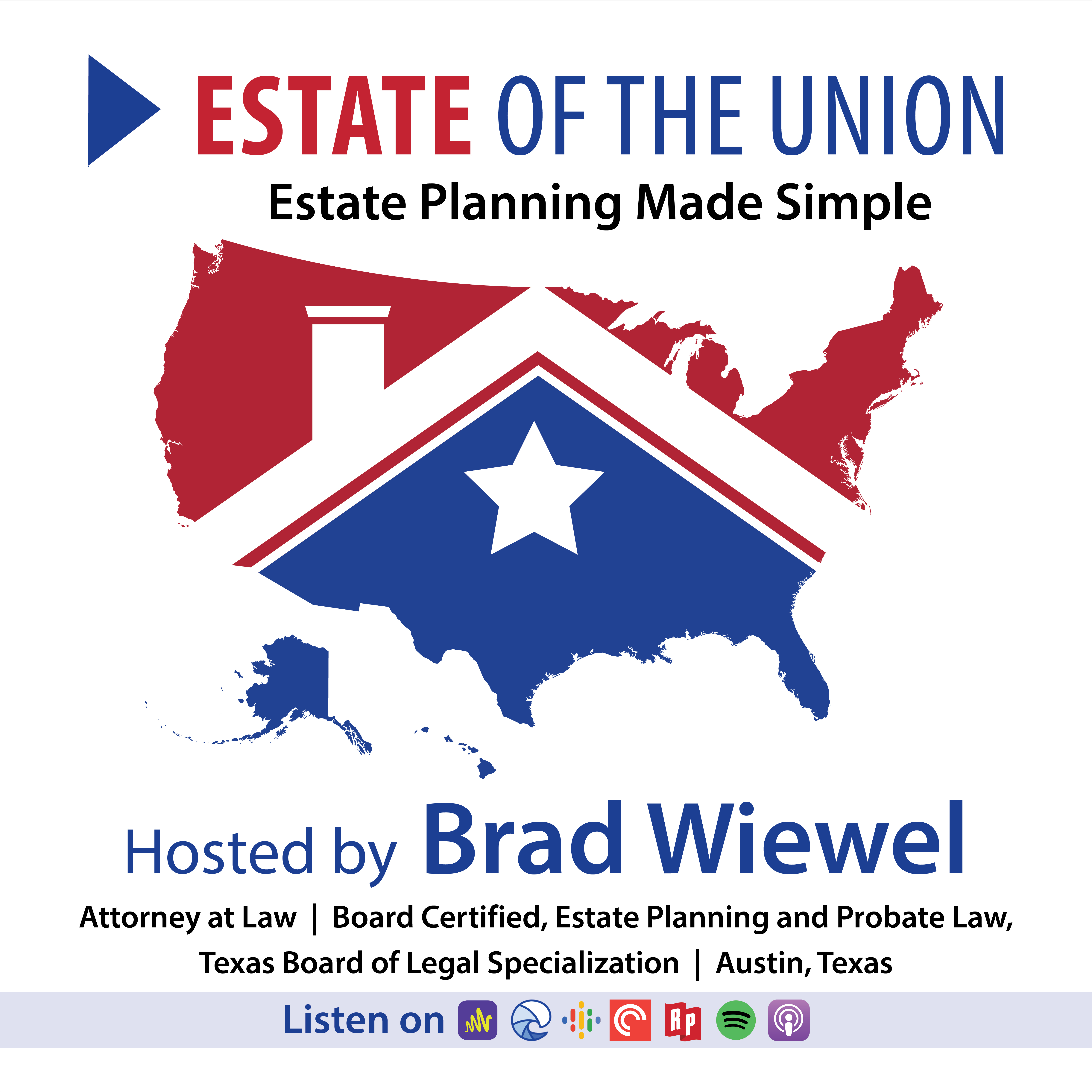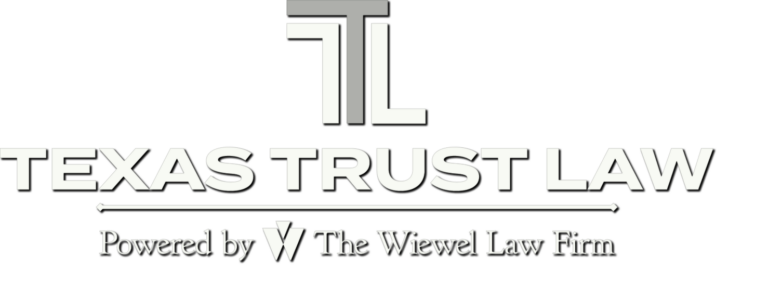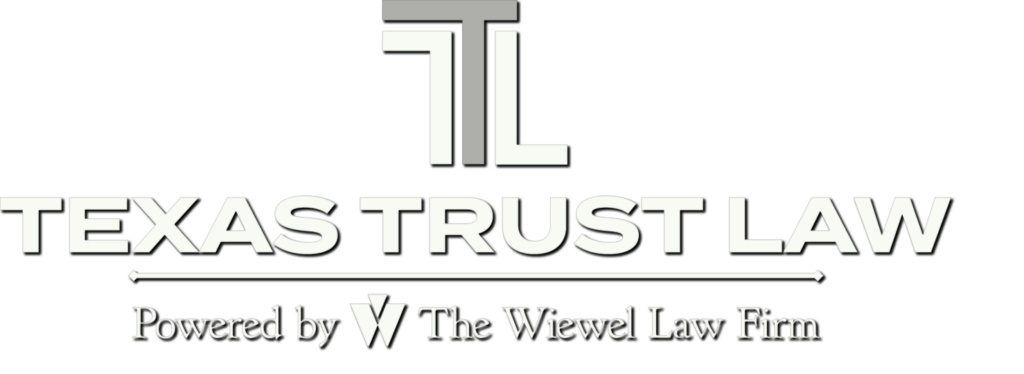
Naming Guardians for Minor Children Is Critical for Parents
Naming guardians for your minor children is one of the most critical estate planning decisions for parents. It ensures that someone you trust will care for your children in the manner you prefer if you are no longer able to do so. Failing to choose a guardian can make your passing even harder on your children.
An insightful article from Slate tells of an unplanned guardianship situation. As the story goes, a couple in their 60s had decided not to have children but found themselves as the only available guardians for a great-nephew. The child’s mother passed away, his father was in prison and no one else was available. This forced the couple to fill the needs of a grieving 10-year-old from a different socioeconomic background. While they told of doing their best, it was hard for them and their great-nephew. This story emphasizes the unpredictability of life and the critical nature of having a guardianship plan in place.
An article from Forbes highlights a range of considerations for choosing a guardian. You must consider not just who loves your children but also who can handle the responsibility. Consider their lifestyle, location, values, and the potential guardian’s family dynamics. Are they prepared to take on the emotional and financial responsibility of raising children?
Who would be the first to step in and care for your children in an emergency? Sometimes, the best choice for a guardian might not be immediate family but a close friend or someone who has always been part of your children’s lives.
If your child is old enough, their opinion might be helpful. Asking them could provide insights into who they would be comfortable living with should anything happen to you.
Without a will specifying a guardian for minor children, the courts will decide who will care for your children. This situation can lead to outcomes you might never have intended. By choosing a guardian yourself, you control the process and ensure that your children’s future is in the hands of someone you trust.
Absolutely. Your decision today isn’t set in stone. People’s circumstances and relationships change, and your estate plan, including guardianship decisions, should be reviewed and can be revised as needed.
Becoming a guardian on short notice can be overwhelming. It’s crucial to consider the emotional and psychological support the child will need, such as counseling, and the practical aspects, like schooling and healthcare. Understanding the child’s background and needs will help smooth their transition into your family.
It’s never too early to plan for the future of your minor children. Naming guardians for your minor children is critical for parents, and requires thoughtful consideration and difficult conversations. If you would like to learn more about guardianship, please visit our previous posts.
References: Forbes (Jan. 29, 2020) “10 Tips for Choosing a Guardian for Your Minor Child” and Slate (Jan. 17, 2022) “A Child Has Suddenly Come Into My Care”
Image by Shelley Wiart

